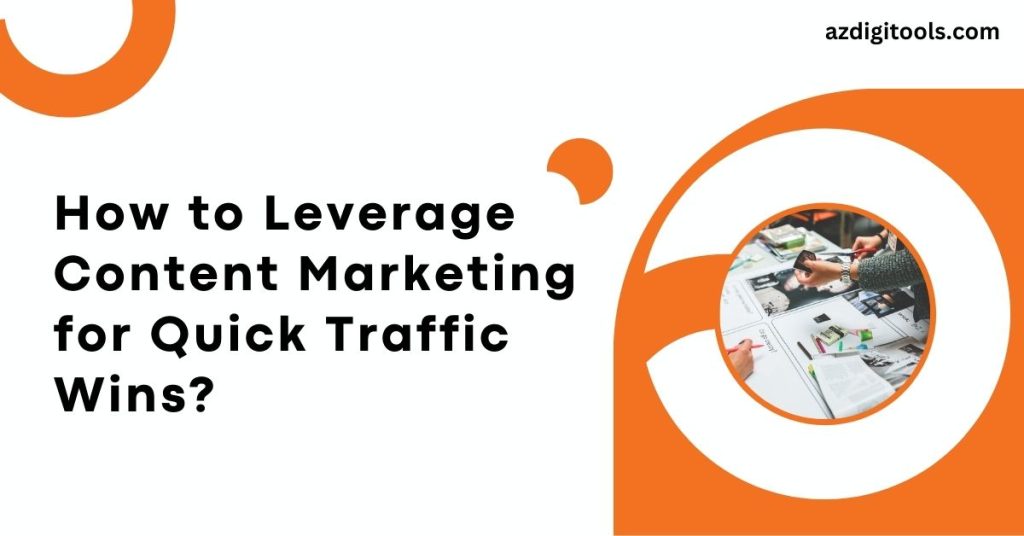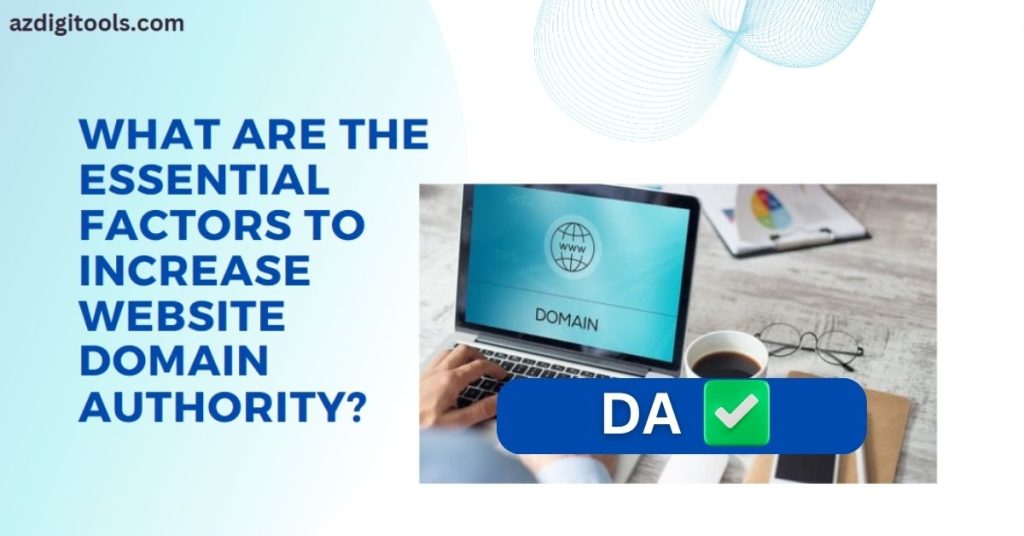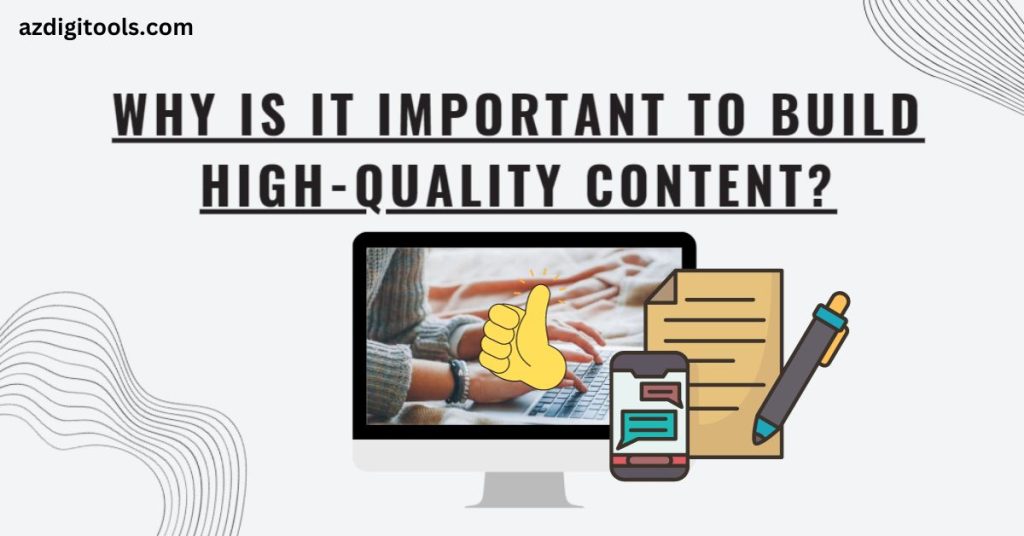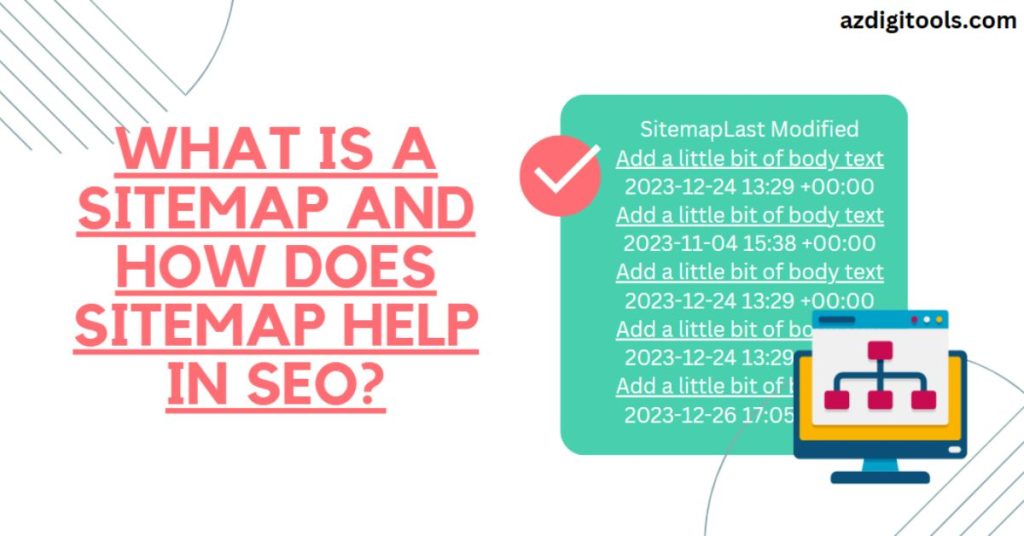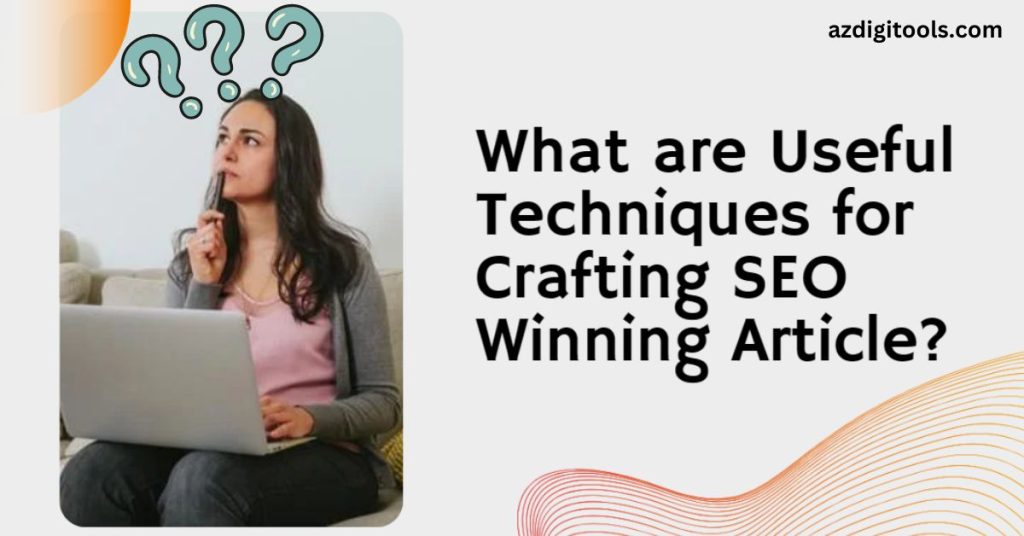
There are various techniques you can employ when crafting SEO-winning articles, including intensive keyword research, engaging headlines and titles, optimized structure and formatting, high-quality and beneficial content, and more.
Optimizing the URL slug of an article with your targeted keyword helps search engines understand what the article is about and increases readership.
6 Useful Techniques for Crafting SEO Winning Article
1. Thorough Keyword Research
To produce quality SEO content, conducting exhaustive keyword research is key. With this data in hand, businesses can optimize their pages and increase search engine rankings, increasing visibility and driving relevant traffic towards their websites.
Business owners should begin the process by asking their customers and clients which search terms they use when looking for products or services to identify keywords with high popularity, search volume, and low competition. Next, they should check if competitors are already ranking for these keywords.
Businesses should also include their keyword in the article slug to help Google understand what topic it covers and show it during relevant searches. Furthermore, they should add relevant meta titles and descriptions that help optimize organic search traffic to determine their strengths and weaknesses.
Tools like Ahrefs provide an abundance of keyword data, including competitor analysis. With its ability to track traffic drivers for your competitors’ sites and target these keywords in your content creation efforts, Ahrefs also reveals related questions as well as search trends that reveal the general intent of users searching online.
2. Compelling Headlines and Titles
Effective SEO copywriting relies on creating captivating headlines and titles to engage readers since these are components of search engines’ results pages. Utilizing relevant keywords in these titles and descriptions is also key for optimization purposes.
An effective headline can grab readers’ attention and encourage them to continue reading your content. There are various types of headlines, each of which has its strengths and applications: list- and how-to headlines offer readers structured and informative experiences, while inspirational/motivational headlines inspire action from readers.
Finally, numbered headlines highlight the value of your content by indicating how many tips, techniques, or ideas it contains. These headlines must correspond with the search intent of your audience – this can be accomplished using tools like Semrush.
Keep in mind that search engine results only display limited characters for both titles and meta descriptions, so long titles could potentially be cut off or displayed with an ellipsis, leading to decreased visibility and decreased click-through rates. Keep your headlines short and to the point to help avoid this problem.
3. Optimized Structure and Formatting
Writing content optimized for SEO means using specific techniques for structuring and formatting articles to increase readability – something both search engines and readers appreciate. Subheadings and bullet points can help break up paragraphs for easier scanning; using italics for certain words adds visual interest while helping readers distinguish individual components of your piece.
Integrating relevant, high-quality images and visuals is an effective way to elevate the appeal of your content, enhance the reader experience, and increase the chances of social sharing and link acquisition. Optimizing the use of images by including captions and image descriptions ensures search engines recognize their significance and value.
Optimizing existing content regularly is an effective way to boost its performance, attract organic traffic and stay ahead of the competition. You can do this through keyword research to identify new trends and opportunities, as well as updating old articles with additional details. Optimizing them for featured snippets by adding questions related directly to specific search queries could also prove effective.
4. High-Quality and Valuable Content
An SEO-winning article must provide high-quality content for its readers. This involves offering tips, strategies, tools, case studies and step-by-step instructions as well as relevant keywords throughout. Adding visual elements like images, infographics, and videos will further improve its overall quality, while proper keyword placement allows search engines to better understand the relevance between user searches and the article content.
Dense, difficult-to-read content can quickly turn readers away and send them back to search results pages, so it is critical that writing for readability is prioritized in every piece. This includes using short paragraphs and sentences as well as avoiding long blocks of text while providing a strong, compelling conclusion.
Your articles should include both internal and external links to establish credibility and improve search visibility, showing readers your research was comprehensive. Linking to various authoritative sources also shows your research provided multiple perspectives on the topic at hand. Finally, making sure there are no broken links is vital to both user experience and SEO; make sure any such problems are promptly fixed by regularly inspecting your articles for broken links and fixing them as soon as possible.
5. Optimized Meta Tags and Descriptions
Meta titles and descriptions are powerful tools for SEO that can make your articles stand out on search engine result pages (SERPs). These snippets often make the difference between click-throughs and bounce rates – those with unique, descriptive meta descriptions, including their focus keyword, are much more likely to get clicked upon than ones who don’t add any information or are uninformative.
Meta descriptions can include calls-to-action that encourage searchers to contact you, such as providing your business phone number or price. Optimizing image file names and alt text can also increase accessibility for users with visual disabilities.
URL Slugs should also be unique and descriptive and include your target keyword for optimal SEO purposes. Using hyphens between words helps Google read and interpret them correctly; additionally, a canonical tag can help direct traffic to the right page while also helping avoid duplicate content penalties from Google. This is particularly useful when launching new pages for specific products or services.
6. Internal and External Linking
Integrating both internal and external links into your content helps your readers better comprehend it while also improving SEO. Internal links connect pages within the same domain, while external backlinks link out to high-quality resources from beyond it.
Internal and external linking is integral to search engine optimization, but its value must be maximized within your content. Avoid keyword stuffing and duplicative content, as these practices could damage not only the rankings of your article but also result in penalties or fines being levied against you.
Integrate keywords into the title, body text, and anchor text of your links to increase their relevance. Tools like Screaming Frog or Sitebulb can assist in identifying keyword opportunities and eliminating duplicate content.
Make sure your target keyword appears in your article’s URL slug (the text that appears in a browser’s address bar), as this helps Google understand what its content is about and index it more quickly for relevant searches.
Final Words
Writing articles can be time-consuming and complex, yet it can have enormous potential to drive traffic and conversions to your business. To create winning articles, various techniques such as keyword research, catchy headlines/titles/headline modifiers/structure/formatting optimization must be employed, as well as high-quality and valuable content that provides maximum impact for readers.
However, the most critical part of an article is its conclusion. To encourage readers to take the next step and complete your goal of compelling them to read it all the way through, it must end with something tangible like a call to action or a valuable offer such as encouraging readers to share it on social media sites such as Facebook or leave comments, or explore related content on your website.
Your article’s conclusion should reflect the tone and voice of its content as a whole while remaining relevant to your target audience. Consider using personal anecdotes, statistics, or facts that relate directly to them to make your article more relatable and entertaining for its target readers.
Optimizing content for readability is an excellent way to increase reader engagement and search engine optimization. To increase the readability of your articles, you can try short sentences and paragraphs, eliminating redundant words, as well as including bullet points and lists in them.
